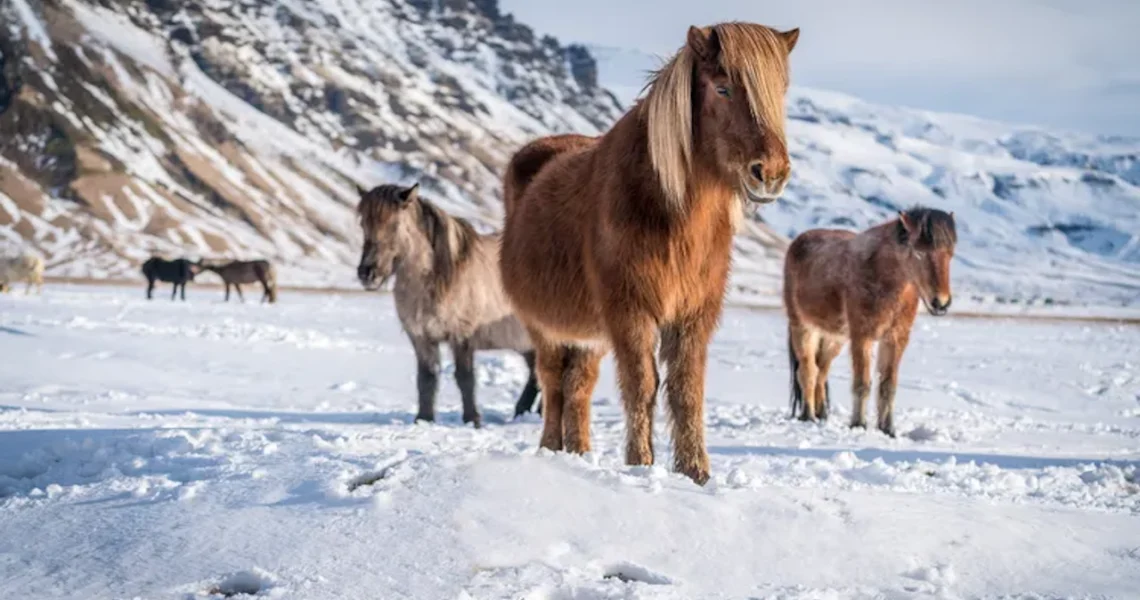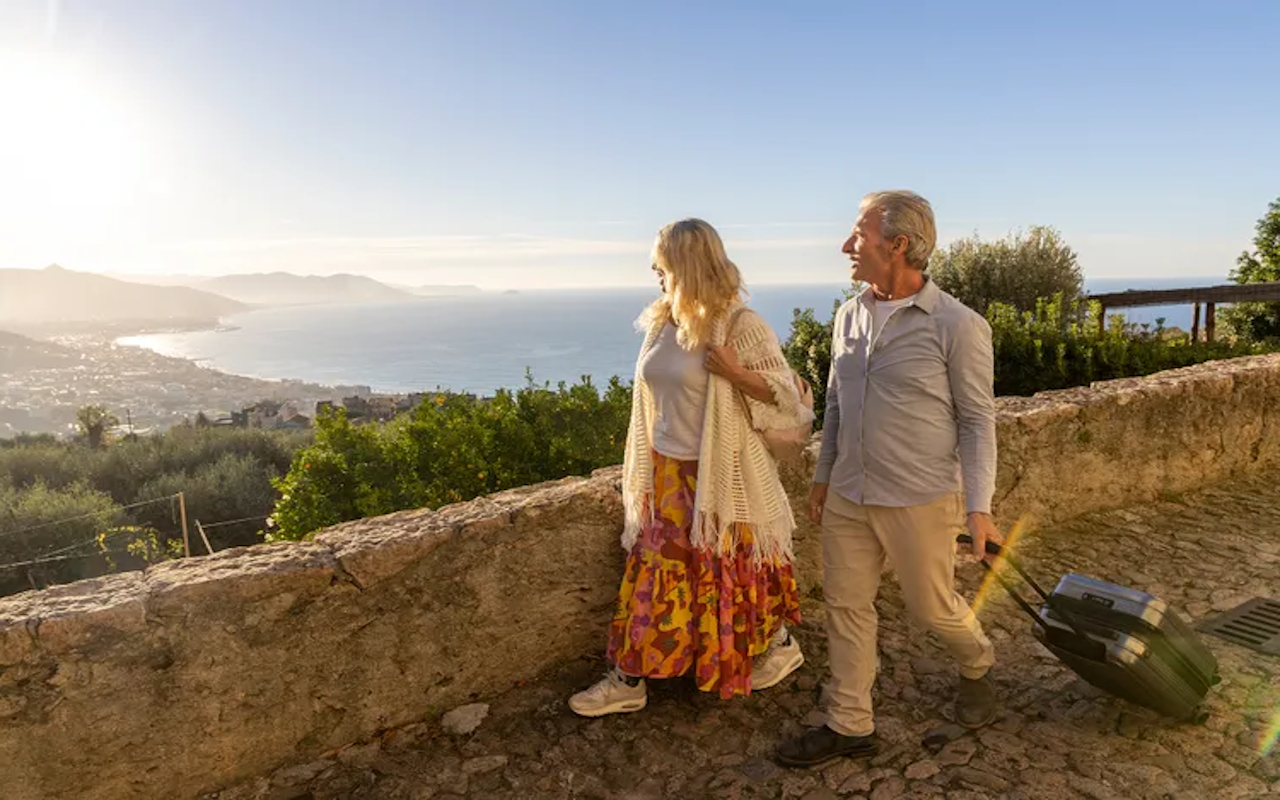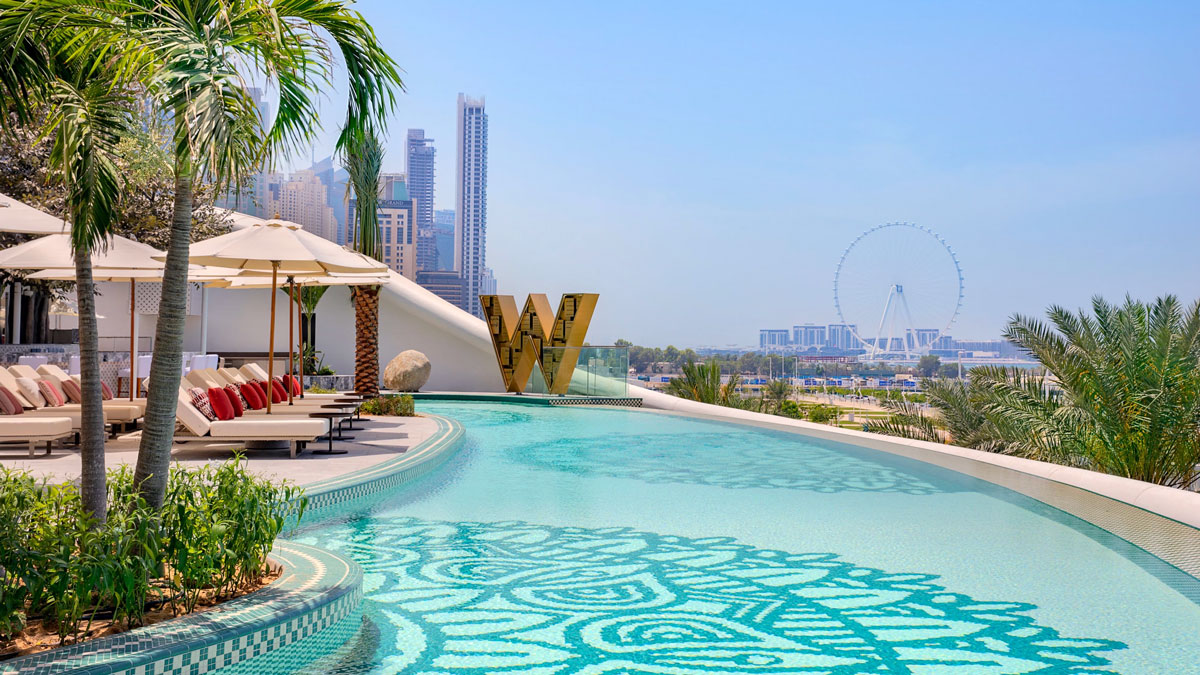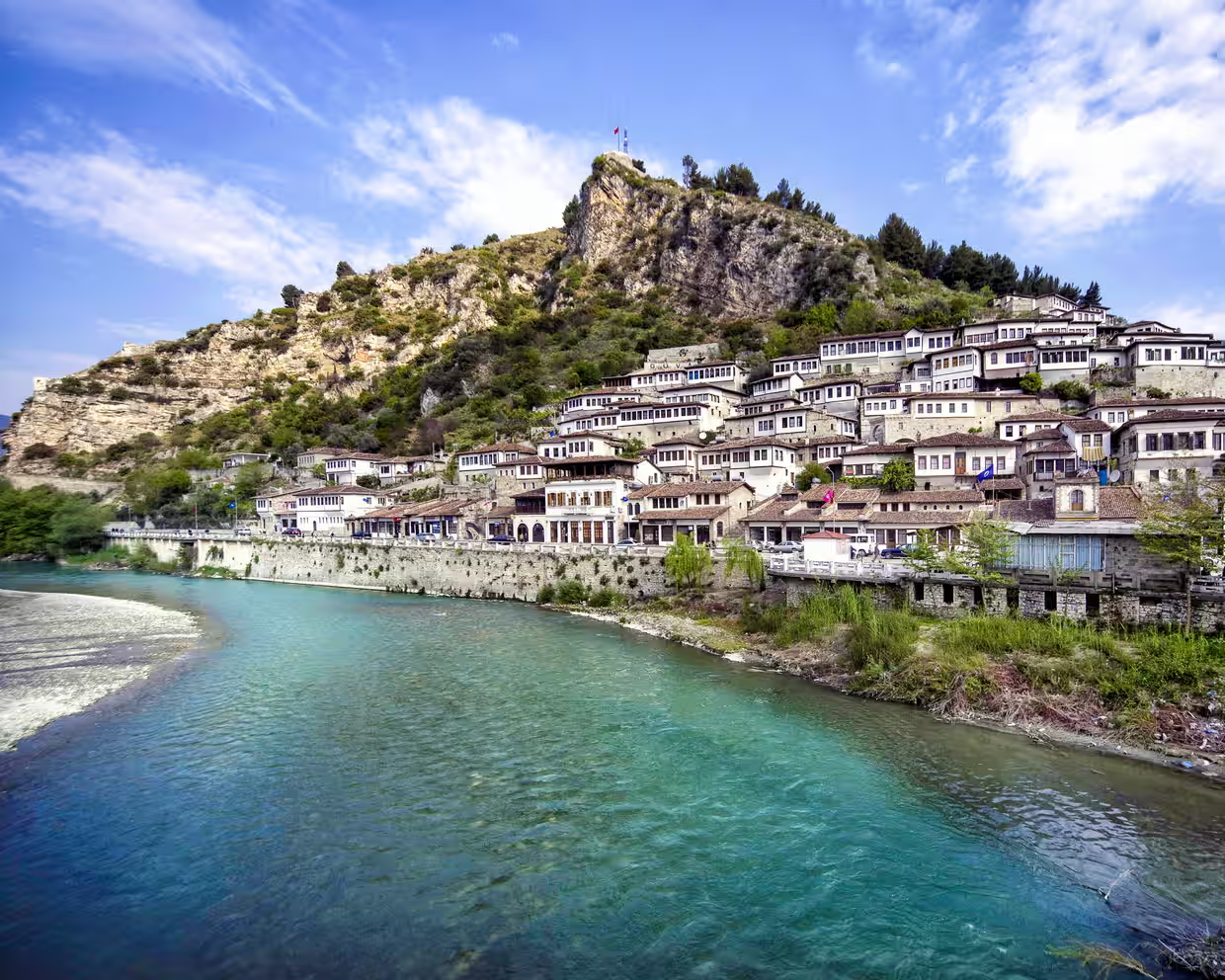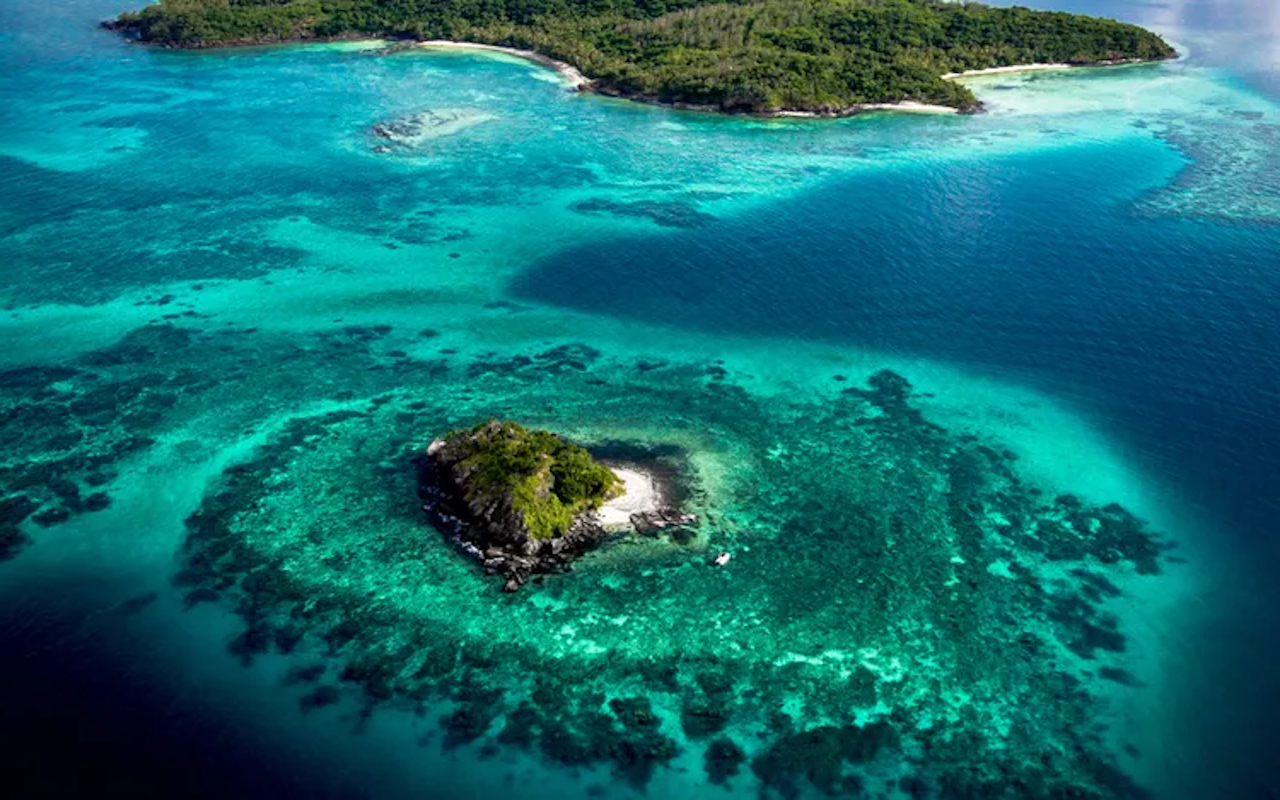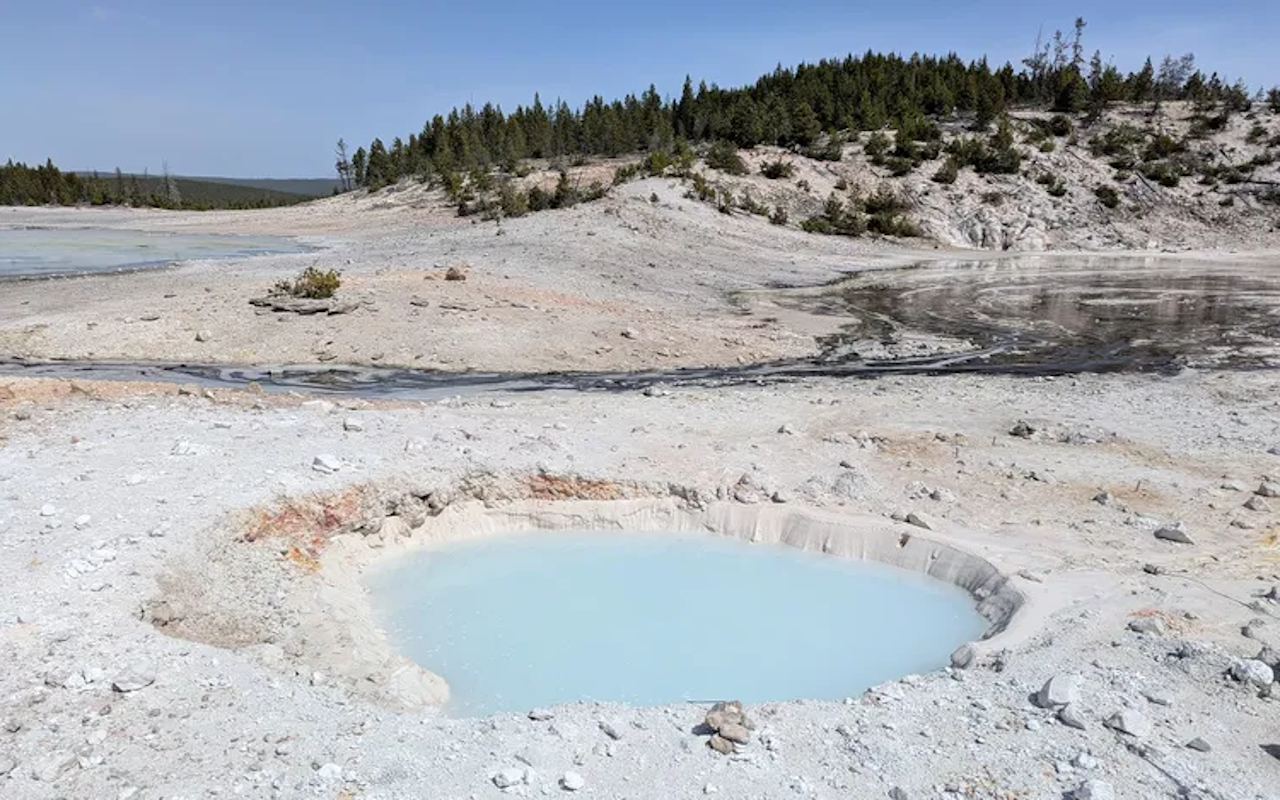Europe’s Top “Coolcation” Havens Revealed
The “coolcation” trend represents a significant evolution in travel behavior, directly influenced by global climatic changes.
Recognizing this emergent demand, Inghams Walking, a specialist in activity-focused holidays, particularly walking tours, developed a systematic approach to identify Europe’s most sought-after cooler destinations. Their methodology was designed to capture genuine traveler interest and intent, moving beyond simple temperature readings to understand where people are actively looking to go for a heat-free escape.
The research began by selecting a comprehensive list of nearly 100 diverse European destinations. These locations were chosen for their potential to offer milder summer climates, ranging from Arctic and Nordic regions to mountainous areas and coastal towns known for cooler breezes. For each of these destinations, the Inghams team meticulously analyzed vast datasets of online search queries. This data was categorized into three primary types to gauge “traveler intent”:
- General Destination Terms: These included broad searches like “holidays in Iceland,” “visit Greenland,” or “travel to Denmark.” Such queries indicate a general interest in the region.
- Hotel-Related Queries: More specific searches such as “hotels in Akureyri” or “accommodation in Tisvilde” signal a concrete intention to plan a stay, moving beyond casual interest to active planning.
- Flight Searches: The most definitive indicator of intent, queries like “flights to Nuuk” or “airfare to Copenhagen” demonstrate a clear commitment to booking travel.
By combining and analyzing these search categories, Inghams could build a robust picture of where actual travel planning for cooler climates was surging. The critical next step involved a year-on-year comparison of these search volumes. This allowed the study to identify which destinations were experiencing the largest percentage increases in interest compared to the previous year. It wasn’t just about absolute search numbers, but rather the growth trajectory, highlighting emergent hotspots.
This sophisticated approach ensured that the “top coolcation spots” were not merely places that were always cool, but places that were increasingly being sought out by travelers specifically for their refreshing climate in response to global warming trends. The findings provide invaluable guidance for those seeking to swap sweltering heat for invigorating cool breezes and comfortable outdoor exploration.
Akureyri, Iceland: The Reigning Coolcation Champion
It turns out that the undisputed champion of Europe’s coolcation destinations for 2025 is nestled in the heart of the iconic “land of fire and ice.” Akureyri, Iceland, majestically claimed the top spot in Inghams’ study, thanks to an astonishing 264 percent jump in popularity for the city. This dramatic surge in interest highlights a clear shift in traveler priorities, with many now seeking the invigorating chill of the Arctic summer over conventional sun-drenched beaches.
Akureyri is affectionately regarded as the capital of Iceland’s northern region, according to Visit North Iceland. Despite its relatively small population of approximately 19,000 residents, the city offers travelers an ideal and captivating mix of vibrant culture and breathtaking nature, all seamlessly wrapped into one unique experience. Its compact size belies a wealth of attractions and activities.
Visitors to Akureyri can immerse themselves in its rich cultural scene. The Akureyri Art Museum showcases a diverse range of Icelandic and international contemporary art, providing a window into the country’s artistic soul. For aviation enthusiasts and history buffs, the Icelandic Aviation Museum offers a fascinating journey through the nation’s flying heritage, featuring a collection of aircraft and artifacts. A visual masterpiece within the city is the stunning modern Akureyrarkirkja church, with its distinctive architecture standing prominently on a hilltop, offering panoramic views of the fjord and surrounding landscape.
Beyond its cultural gems, Akureyri serves as a gateway to unforgettable natural adventures. The surrounding waters of Eyjafjörður fjord are renowned for whale watching, offering visitors an incredible opportunity to encounter majestic humpback whales, minke whales, and even orcas in their natural habitat. These tours provide an exhilarating experience of the Icelandic marine ecosystem. For a more tranquil natural immersion, a leisurely walk through the Akureyri Botanic Gardens is a must. Opened in 1912, these gardens hold historical significance as Iceland’s first public park.
They boast an impressive collection of arctic and high-latitude plants from around the world, thriving in a climate that supports unique flora. Even in summer, Akureyri’s temperatures remain comfortably cool, typically ranging from 10-15°C (50-59°F), offering perfect conditions for outdoor exploration without the oppressive heat found elsewhere. The days are long, with near 24-hour daylight in mid-summer, enhancing the sense of boundless exploration. Reaching Akureyri usually involves a domestic flight from Reykjavík or a scenic drive along Route 1, providing travelers with stunning views of Iceland’s diverse landscapes along the way.
Tisvilde, Denmark: The Danish Riviera’s Cool Charm
Joining Akureyri at the very top of the coolcation list, securing the impressive second spot, is Tisvilde, Denmark. This enchanting small seaside town is gracefully situated along what is affectionately known as the “Danish Riviera,” a picturesque stretch of coastline north of Copenhagen. Tisvilde is particularly celebrated for its miles of pristine sandy beaches, inviting visitors to enjoy leisurely strolls or refreshing dips in the cool waters of the Kattegat Sea.
The coastline is dotted with charming and tiny colorful beach huts, adding a quintessential Scandinavian touch to the landscape. Complementing the natural beauty are the quaint eateries that line the streets, serving up delicious local delights, from freshly caught seafood to traditional Danish pastries, offering a true taste of the region.
Beyond its physical beauty, the area around Tisvilde also happens to be a beloved destination among poets and creatives. Its serene ambiance, tranquil beaches, and inspiring natural surroundings provide a perfect sanctuary for artistic expression and quiet contemplation. This creative allure is historically significant; the area even played host to the legendary storyteller Hans Christian Andersen himself, who famously spent six weeks at the Hellebæk Inn, according to Visit Nordsjælland. His stay underscores the timeless appeal of this locale as a place of inspiration and calm, far removed from the hustle and bustle.
The Danish Riviera, with Tisvilde at its heart, offers a summer experience that stands in stark contrast to the heatwaves gripping Southern Europe. Average summer temperatures typically hover around a comfortable 18-22°C (64-72°F), making it ideal for cycling, hiking through coastal forests, or simply relaxing by the sea without feeling overheated. The long daylight hours of the Nordic summer provide ample time for exploration and enjoyment, making Tisvilde a truly refreshing alternative for a summer getaway. Its accessibility from Copenhagen also makes it a convenient choice for international travelers seeking a genuinely “cool” escape.
Nuuk, Greenland: The Arctic Frontier’s Allure
Claiming the respectable third position on the coolcation list is Nuuk, Greenland, the world’s northernmost capital city. Nuuk represents the ultimate frontier for adventurous travelers seeking a truly unique and refreshingly cool summer escape. Greenland, an autonomous territory of Denmark, offers an unparalleled blend of dramatic Arctic landscapes, a vibrant indigenous culture, and a climate that guarantees a genuine “coolcation” experience.
Nuuk, despite being a capital, retains a charming, small-town feel with a population of around 19,000. It is set against a breathtaking backdrop of majestic fjords, towering icebergs, and rugged mountains. The air is crisp and clean, and summer temperatures rarely exceed 10-15°C (50-59°F), providing ideal conditions for vigorous outdoor activities.
Travelers visiting Nuuk can embark on a variety of unforgettable adventures. Kayaking among colossal icebergs is a particularly surreal experience, offering an intimate connection with Greenland’s icy heart. Hiking trails around the city lead to stunning viewpoints, revealing panoramic vistas of the fjord systems and distant glaciers. While the famous Northern Lights are primarily a winter phenomenon, the endless daylight of the Arctic summer, known as the “midnight sun,” provides an equally captivating natural spectacle, allowing for extended exploration deep into the night.
Culturally, Nuuk is rich and diverse. Visitors can explore the Greenland National Museum, which houses extensive collections on the country’s history, archaeology, and Inuit culture, including the renowned Qilakitsoq mummies. The city also offers art galleries, local craft shops selling traditional Greenlandic items, and cozy cafes serving regional delicacies. Traveling to Greenland, particularly Nuuk, is an adventure in itself, typically involving flights from Copenhagen, Denmark, or Reykjavik, Iceland.
While it requires more planning and is generally a more expensive destination, the rewards are immense. Nuuk offers an escape from the ordinary, a chance to experience a truly untouched wilderness, and a profound connection to an ancient and resilient culture, all while enjoying invigoratingly cool temperatures that define the ideal coolcation.
Beyond the Top 3: Other Notable Coolcation Gems
The Inghams Walking study identified a diverse array of other European destinations that offer appealing coolcation experiences, rounding out the top 10. These locations cater to various preferences, from alpine retreats to coastal havens and cultural city breaks, all united by their promise of milder summer temperatures.
- Cortina d’Ampezzo, Italy: Nestled in the heart of the magnificent Dolomites mountain range, Cortina d’Ampezzo offers a dramatic escape from Italy’s scorching summer heat. Known for its breathtaking peaks, crystal-clear alpine lakes, and lush valleys, it’s a paradise for hikers, climbers, and mountain bikers. The cool, crisp air and stunning scenery provide a refreshing contrast to the sweltering lowlands, making it a sophisticated choice for an active coolcation.
- Lahemaa National Park, Estonia: This expansive national park, located on Estonia’s northern coast, is a haven of natural beauty. It boasts diverse landscapes, including dense forests, picturesque bogs, rocky coastline, and cascading waterfalls. The Baltic climate ensures mild summers, perfect for exploring its numerous hiking trails, discovering historic fishing villages, and observing diverse wildlife. Lahemaa offers a tranquil, nature-focused coolcation away from the crowds.
- Lucerne, Switzerland: A quintessential Swiss city, Lucerne is beautifully situated on the shores of Lake Lucerne and surrounded by majestic mountains like Mount Pilatus and Rigi. Its appeal for a coolcation lies in its fresh mountain air, the refreshing coolness of the lake, and its charming historic city center. Visitors can enjoy boat trips, mountain excursions on cogwheel trains, and strolls along its medieval Chapel Bridge, all in comfortable summer temperatures.
- Malmö, Sweden: As a vibrant coastal city in southern Sweden, Malmö provides a milder summer alternative to many European capitals. Known for its green spaces, modern architecture, and innovative Scandinavian design, it offers a relaxed urban coolcation. With beautiful parks, a lively cultural scene, and a pleasant seaside atmosphere, Malmö’s average summer temperatures are comfortably in the low 20s°C (70s°F), making it ideal for city exploration.
- Arlberg, Austria: Famed as a winter sports mecca, Arlberg transforms into a stunning alpine summer destination. Its high altitude ensures significantly cooler temperatures, making it perfect for hiking, mountain biking, and enjoying spectacular panoramic views. Quaint villages like Lech and St. Anton offer charming hospitality amidst a pristine natural backdrop, providing a refreshing escape for active travelers.
- Belgian Riviera, Belgium: Stretching along the North Sea coastline, the Belgian Riviera offers a collection of charming coastal towns. The cooler North Sea climate ensures that even in summer, temperatures remain pleasant, rarely reaching extreme highs. Destinations like Ostend and Knokke-Heist provide wide sandy beaches, fresh sea breezes, and a relaxed atmosphere, ideal for a traditional seaside holiday without the oppressive heat.
- Ghent, Belgium: This historic city in Flanders, Belgium, is a captivating blend of medieval architecture, picturesque canals, and a vibrant cultural scene. Unlike cities further south, Ghent benefits from a generally milder climate, making it less prone to intense summer heatwaves. Its pedestrian-friendly center, impressive Gothic cathedrals, and lively culinary scene can be explored comfortably, offering a cultural coolcation.
The Benefits of a “Coolcation”: More Than Just Temperature
Opting for a “coolcation” offers a myriad of benefits that extend far beyond simply escaping the heat. This emerging travel trend speaks to a desire for comfortable exploration and a unique holiday experience that stands apart from the typical crowded and sweltering summer destinations.
One of the most obvious advantages is the sheer comfort of the climate. “Sweater-weather perfect” conditions mean you can enjoy outdoor activities without the fatigue and discomfort associated with high temperatures. This translates to more enjoyable hiking, cycling, and sightseeing, allowing for deeper engagement with the destination’s natural beauty and cultural heritage. You can explore historic city centers, stroll through botanical gardens, or embark on marine adventures without constantly seeking shade or battling dehydration.
Coolcations often lead to avoiding the intense crowds that flock to traditional hot spots. While popular, these cooler destinations tend to attract a slightly different demographic or offer a more spread-out experience, allowing for a greater sense of tranquility and personal space. This can enhance the feeling of a genuine escape and provide a more authentic travel experience.
Moreover, these destinations open up opportunities for unique activities that are simply not feasible in warmer climates. Imagine the thrill of whale watching in Iceland’s cool waters, exploring fjords in Greenland, or hiking through alpine meadows in Switzerland with crisp, invigorating air. These experiences offer a fresh perspective on summer travel, focusing on active engagement with nature rather than passive sunbathing.
From a practical standpoint, a coolcation can also align with principles of sustainable tourism. By diverting tourism away from regions that are already strained by extreme heat and overtourism, travelers can contribute to a more balanced distribution of visitors. Choosing cooler destinations can also mean less reliance on air conditioning, potentially reducing the carbon footprint of accommodation.
Planning Your Refreshing Escape: Tips for a Coolcation
Successfully planning your perfect “coolcation” involves a few strategic considerations to ensure maximum enjoyment and comfort.
Firstly, think about the best time to book. Given the surge in popularity, securing flights and accommodation well in advance, especially for top destinations like Akureyri or Nuuk, is advisable. Early booking can also lead to better rates.
Secondly, what to pack is crucial. While the term is “coolcation,” these destinations can still have variable weather. Layers are key: pack lightweight base layers, warm sweaters or fleeces, a waterproof and windproof outer shell, and comfortable walking shoes. Even in summer, hats, gloves, and scarves might be welcome, especially for boat trips or higher altitudes. Don’t forget reef-safe sunscreen, as UV rays can still be strong, especially at higher latitudes or reflective surfaces like water and ice.
Consider the travel considerations for cooler climates. Research local transportation options, which might include ferries, domestic flights, or bus services that differ from those in warmer, more densely populated regions. Be prepared for potentially longer travel times to remote locations like Greenland.
Finally, embrace the local culture and cuisine. Many coolcation destinations, particularly in the Nordics, offer unique culinary experiences often based on fresh seafood and locally sourced ingredients. Engage with local traditions, explore museums, and participate in cultural events that are specific to these regions. By doing so, your coolcation will not just be about escaping the heat, but about discovering truly enriching and memorable experiences.
The trend towards cooler escapes signifies a deeper evolution in how we perceive summer holidays, prioritizing comfort, unique adventure, and environmental consciousness.
